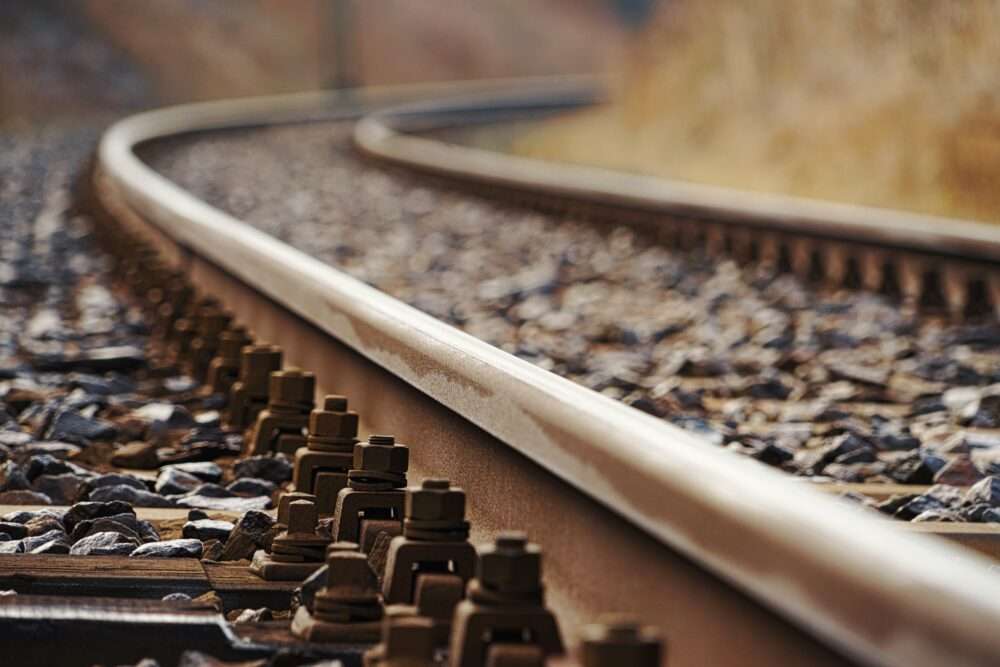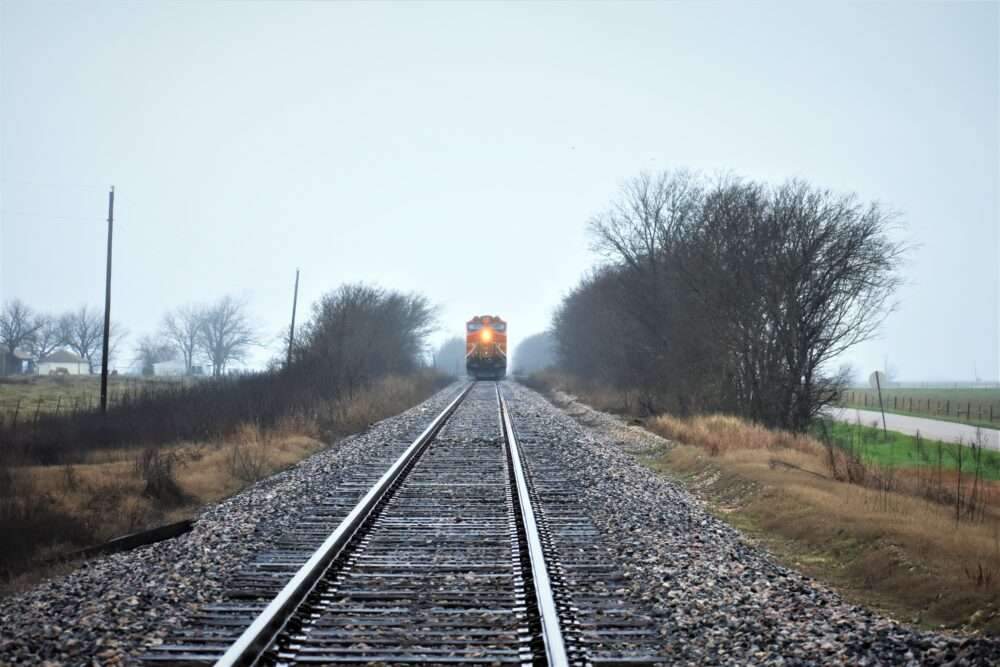Physical composition of crushed stone in railway tracks
Physical composition of crushed stone in railway tracks,
The composition of crushed stone is very important for railway track construction.
Crushed stone can include different materials but usually combines aggregates, cement and other additives.
Aggregate is one of the most important components of crushed stone and is generally composed of various minerals, such as sand, gravel, and crushed stone.
Aggregates usually consist of particles of various sizes and shapes,
which makes them ideal for creating a durable and highly resistant surface for railway tracks.
Cement is another major component of crushed stone and is commonly used to bind aggregates together.
Cement also helps create a smooth surface, making it easier for trains to pass.
Other additives can also be used to improve the durability and water resistance of the crushed stone.
Crushed stone is usually used in a few different layers when used in railroad track construction.
The bottom layer usually consists of large cumulative particles,
while the second layer usually consists of smaller particles.
This combination of layers also helps to create a strong and durable rail track surface,
providing riders with a safe and reliable ride.

Crushed stone applications
The size and weight of crushed stone also plays an important role in the construction of the railway track.
The larger the stone, the more durable and weight-bearing it is, making it more suitable for railroad track construction.
On the other hand, smaller stones tend to be lighter and less durable but still useful for creating a strong structure.
The weight of the stones can also affect rail track performance,
so it is important to choose the right size and weight for the application in question.
In addition to the size and weight of crushed stone, the material composition also affects the performance of the railway track.
For example, stones with a higher sand content are usually more absorbent,
making them less suitable for railroad track construction.
However, stones with a higher percentage of crushed stone content are usually more durable and moisture resistant, making them ideal for railroad track construction.
Finally, some crushed stone components also provide additional benefits for railroad track construction.
For example, certain types of gravel may contain minerals that provide additional strength and stability,
allowing trains to travel over them with less vibration and noise.
In addition, certain types of crushed stone may contain minerals that provide additional resistance to abrasion, making them more suitable for railroad track construction.
Crushed stone is an essential raw material in the construction and maintenance of railways.
The stones are used in various ways, from track bed and drainage to ballast and the construction of the track itself.
The most common use of crushed stone is in railroad track construction.
Layers of crushed stone, known as ballast,
are also placed under the tracks to provide a stable and solid base for the tracks to be placed on.
Without ballast, the track would become unstable and at risk of collapse.
The ballast also provides path drainage, allowing water to drain away and prevent flooding.
Crushed stone is also used in the construction of road pavements.
Road pavements provide a base for the tracks to be laid and additional support and stability.
Physical composition of crushed stone in railway tracks
Crushed stone provides a durable and cost-effective material for paving construction and can be used in a variety of ways.
In addition to its use in track building, crushed stone is used in landscaping.
Crushed stone also forms walkways, drainage channels, edging and decorative elements.
Stones also construct solid landscapes, such as retaining walls and water features.

The size and weight of the crushed stone plays an important role in the construction and maintenance of the path.
Crushed stones come in different sizes, from small chips and dust to large stones.
The weight of each size varies, with the larger stones being denser and heavier than the smaller ones.
The weight of the stones is important because it affects the stability and performance of the track.
The physical composition of the crushed stone is also important in path construction and maintenance.
Common ingredients for crushed stone also include gravel, sand, and clay.
Each component has its advantages – for example, gravel provides a stable and solid base,
while clay helps bind the stones together.
In short, crushed stone plays a fundamental role in the construction and maintenance of railways.
Stone provides a durable, cost-effective and easily obtainable building and maintenance material.
In addition, the size and weight of the stones can be customized to suit track needs,
and the material combination offers various advantages.
Crushed stone can also be used in road pavers and landscaping projects,
making it a versatile material for a wide range of applications.






